Mythology
-
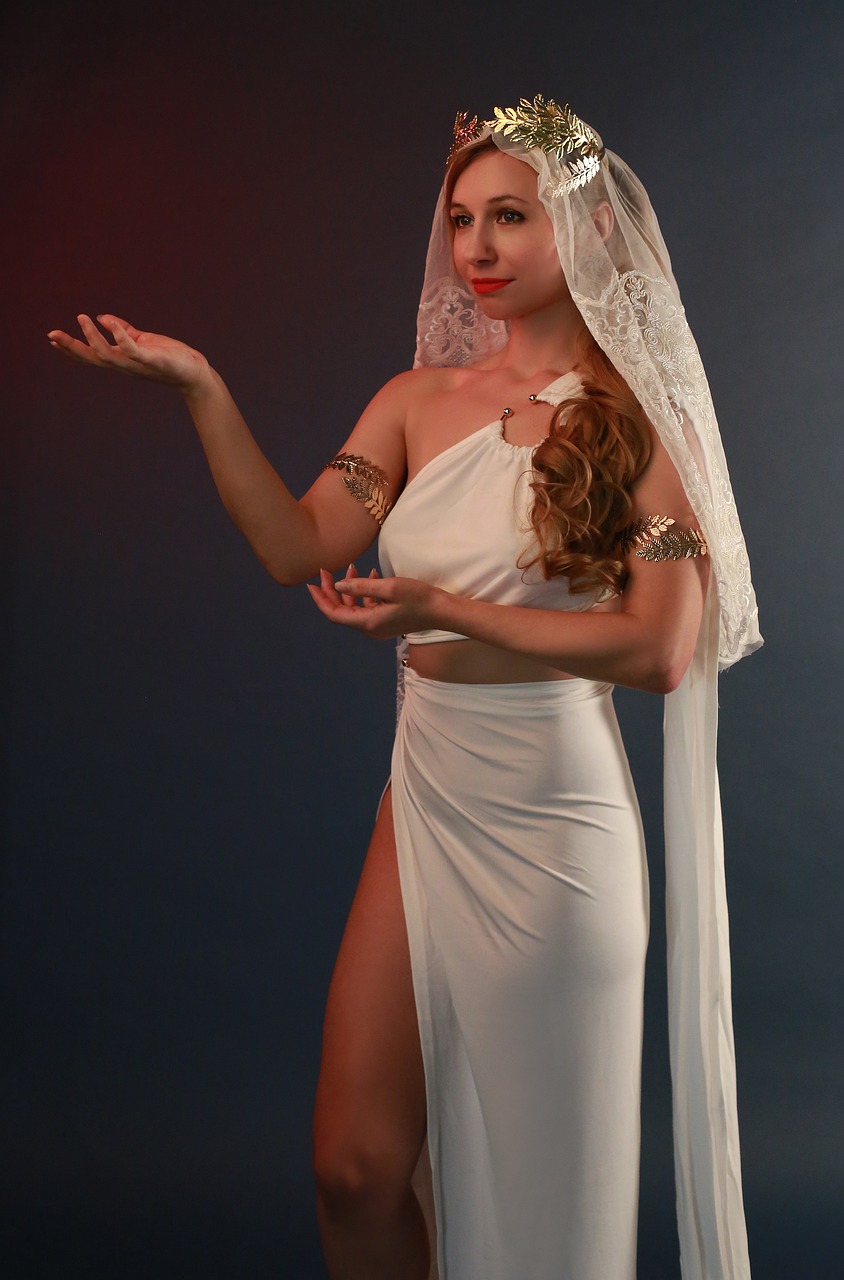
Hestia: The Virgin Goddess of the Hearth and Home Hestia, representing the essence of home and hearth, played a pivotal role in Greek mythology as the virgin goddess governing both domestic and civic fire. The sector of community meals and bread-making fell under her purview, as she oversaw the preparation of family feasts. As the…
-

An Otherworldly Woman: The Legend of Niamh Cinn-Óir Irish folklore is a treasure trove of interconnected tales and vibrant narratives, unique in its depth and diversity across Europe. The stories told in this tradition—from mystical fairies to legendary heroes—ignite inspiration for contemporary films, music, and literature. Among the captivating figures in this rich tapestry is…
-
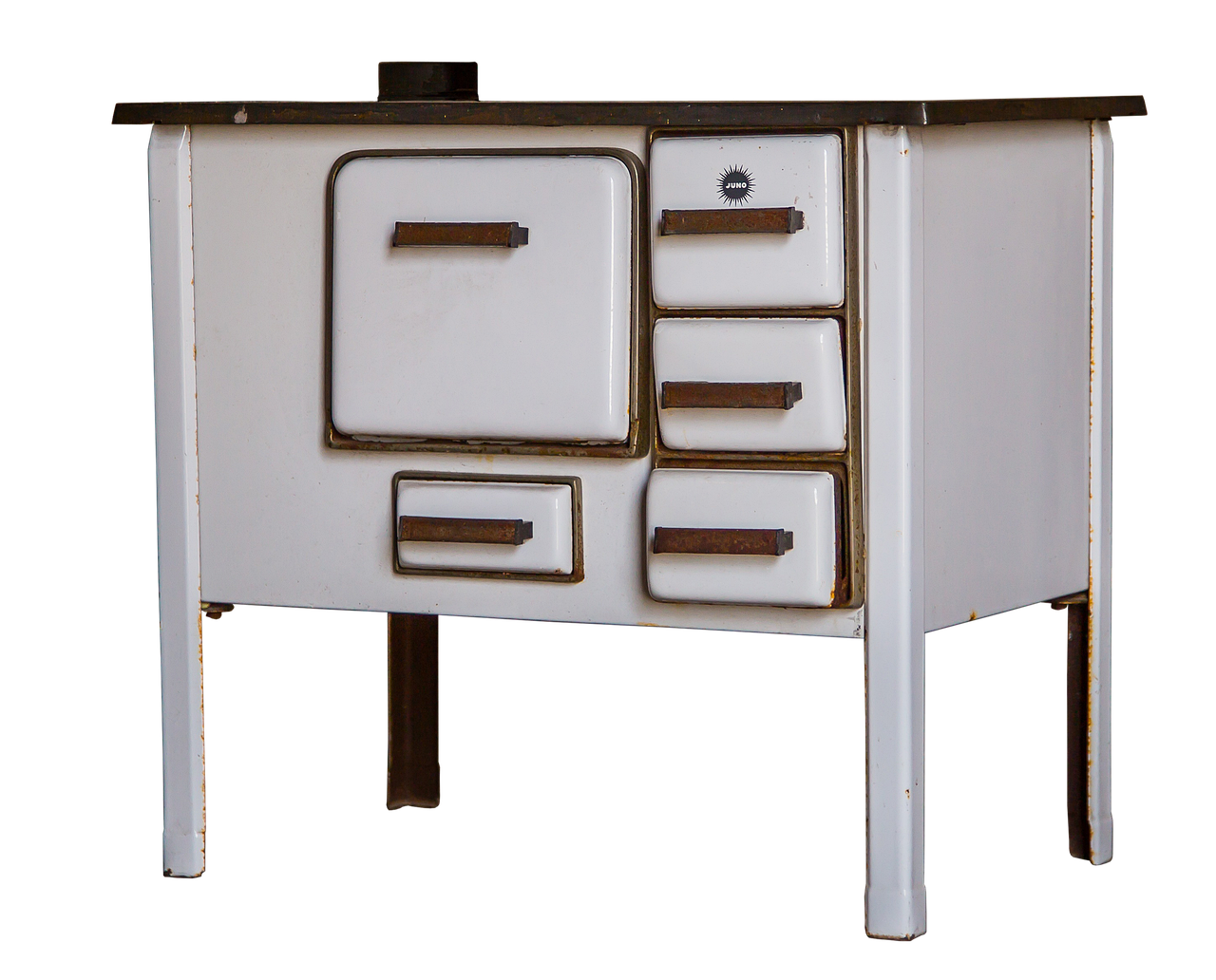
A magnificent marble statue of Juno clutching the infamous golden apple of discord graces a park in Sokyryntsi, Ukraine. In the realm of ancient Roman mythology, Juno ranked as the foremost goddess, being the spouse of Jupiter, the supreme deity, and holding the title of queen. Romans revered Juno as a guardian figure who provided…
-
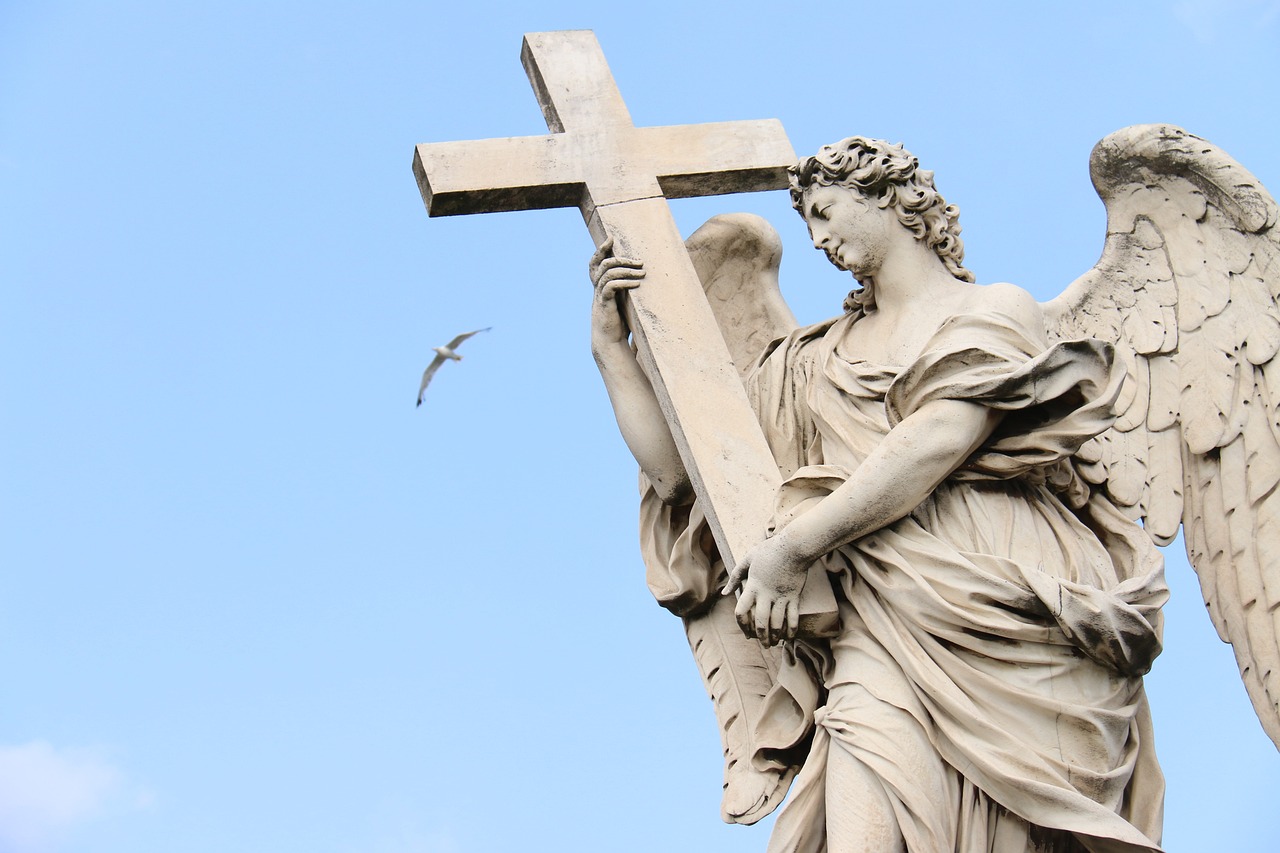
In this work, Goldsworthy aims to explore why certain Roman generals achieved remarkable success and what insights can be gleaned from their experiences. He examines a variety of commanders, spanning from the Punic Wars in the 3rd century BCE, critical to Rome’s continuity and future direction, to Belisarius, the last eminent general who endeavored to…
-
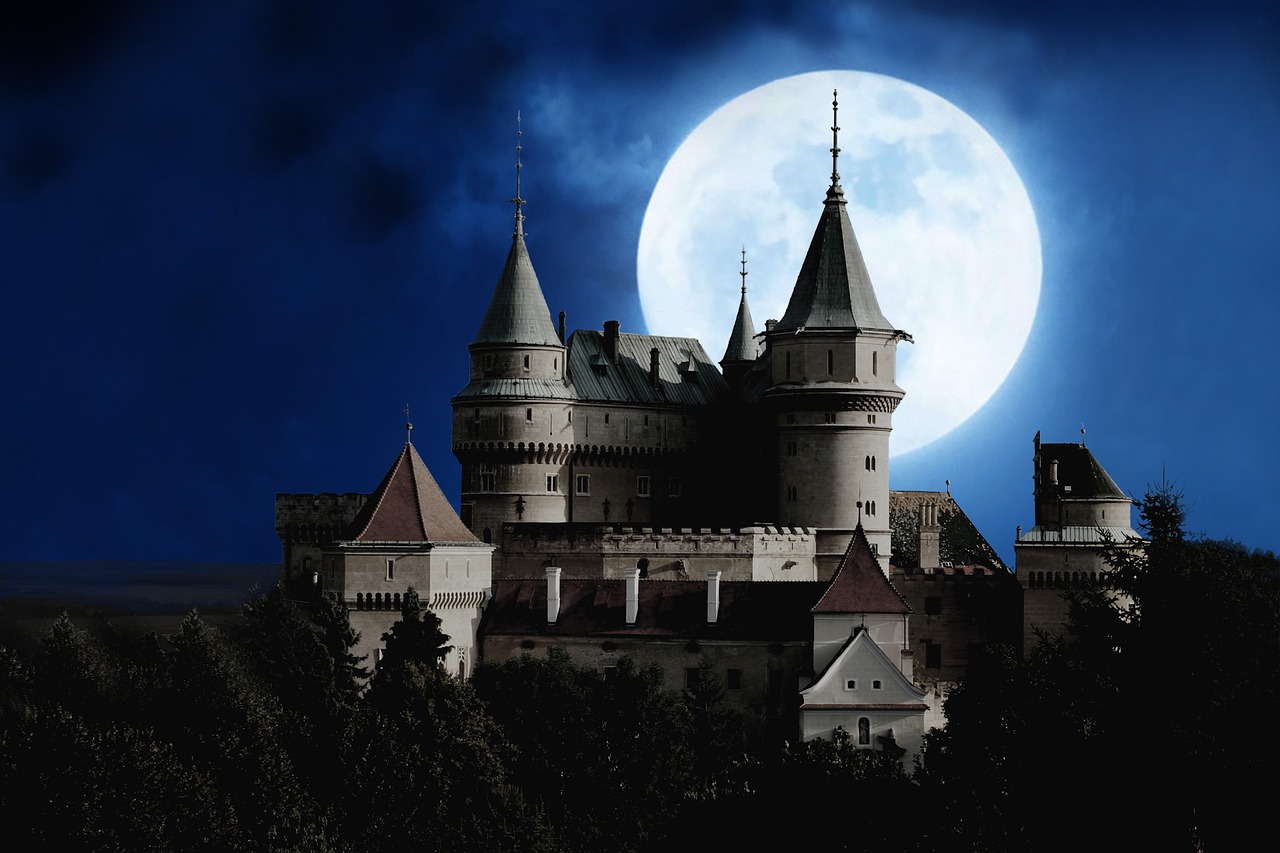
Selene: The Titan Goddess of the Moon Selene, known as the Titan goddess of the moon, is often depicted riding a horse or steering a chariot pulled by winged horses across the night sky. The representation of Selene includes a crescent moon atop her head or as part of her shining garment. In some stories,…
-
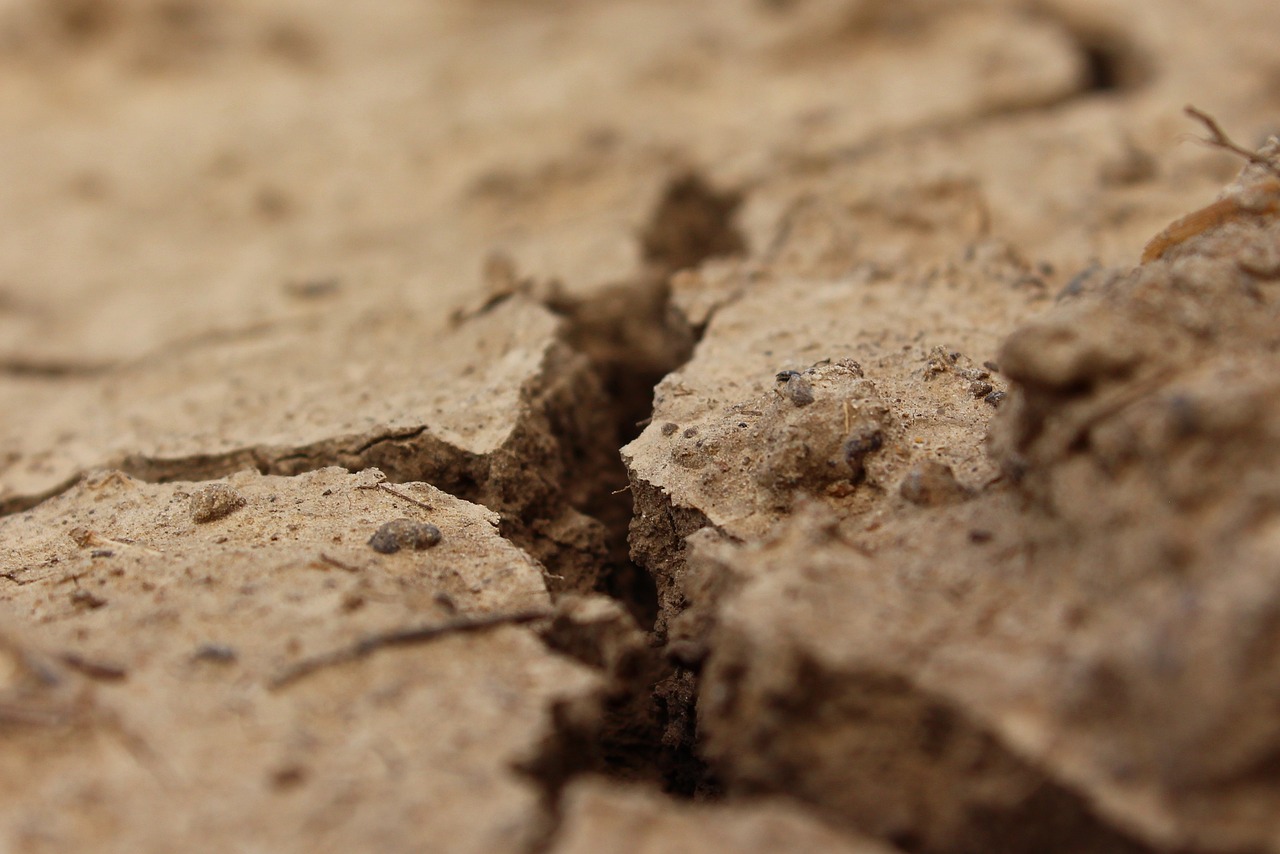
The Complex Legacy of Discordia Introduction Discordia, identified as Eris in Greek tradition, is the Roman goddess representing discord and chaos. She embodies the tumultuous aspects of human experiences, often depicted as a catalyst for conflict. Portrayed as a figure who fosters division, Discordia reflects the ancient Romans’ understanding of the vital role conflict plays…
-

Uranus: The Primordial Sky God in Greek Mythology Uranus (Ouranos) is recognized as the primordial deity of the sky in Greek mythology. The ancient Greeks conceptualized the sky as a vast dome of solid brass adorned with stars, its edges resting upon the farther extremities of the flat earth below. Thus, Uranus personifies the sky…
-
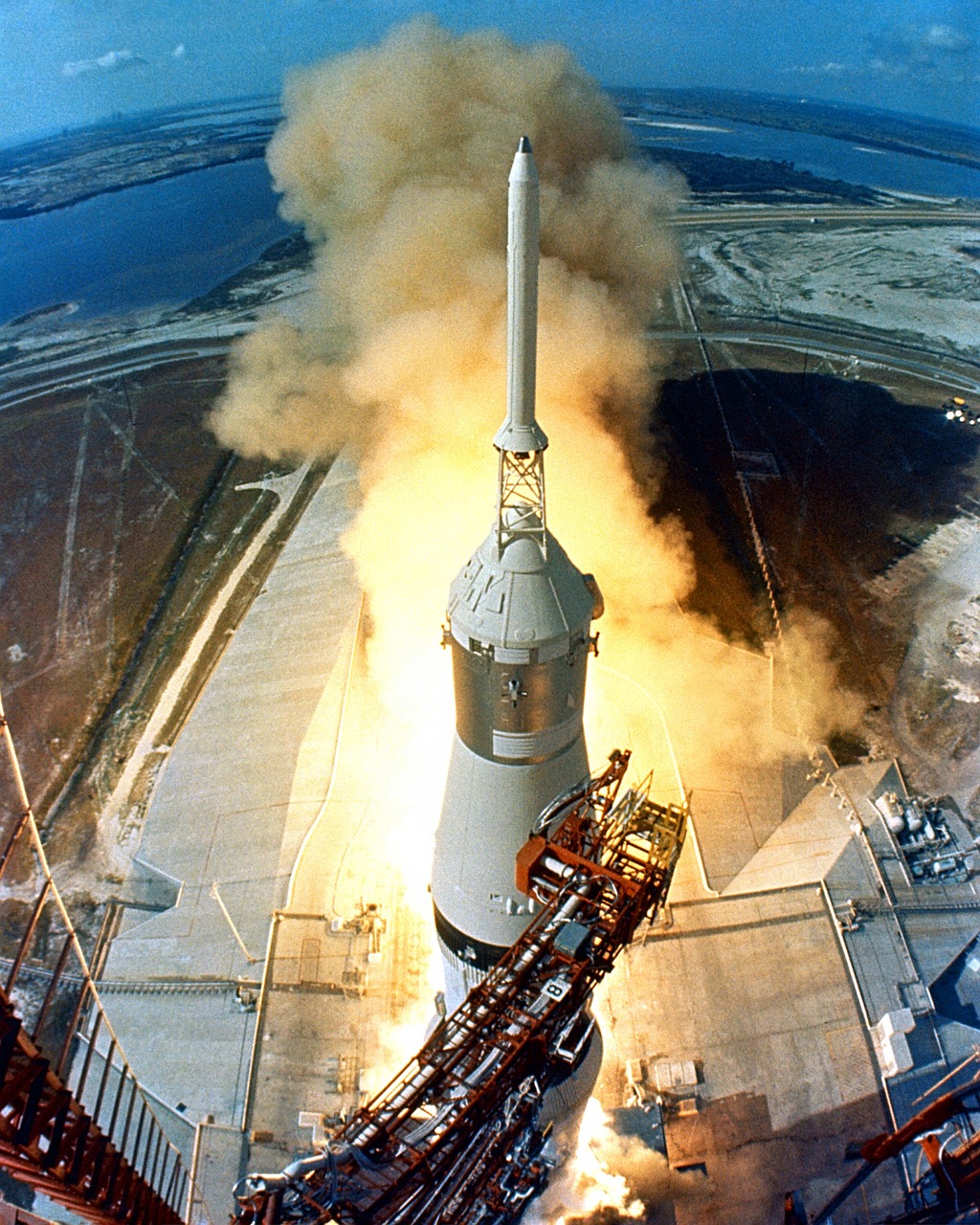
Overview Apollo, originating from Greek mythology, was revered in Roman culture as the god of music, poetry, and the arts. He was not only a healer and law-giver but also a symbol of order in human society and a fountain of medical wisdom. Known for his prophetic abilities, Apollo was believed to dwell at Delphi,…
-
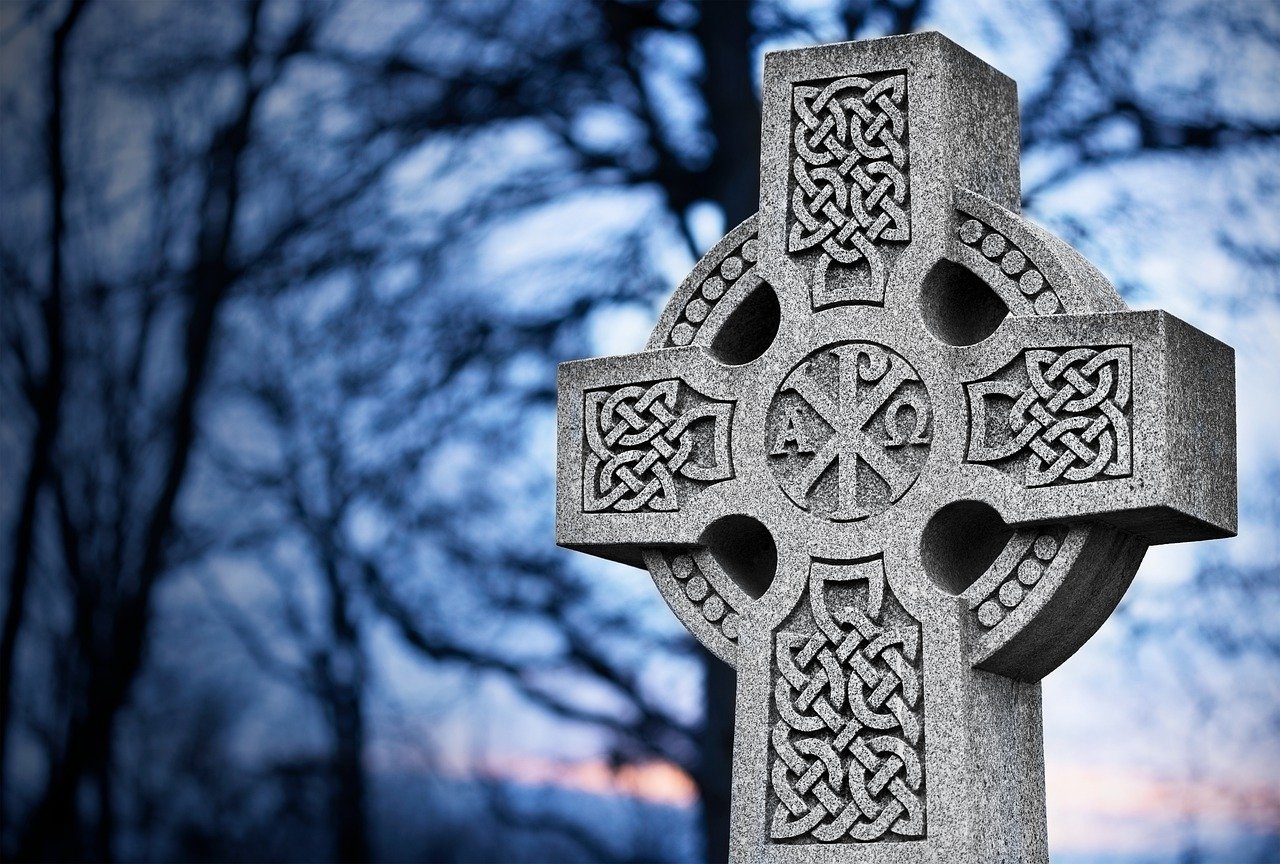
Cernunnos, often revered as an ancient Celtic deity, embodies nature, wildlife, and fertility. His depictions throughout various forms of Celtic art frequently showcase him adorned with stag antlers or horns, coupled with a torc around his neck. Despite the scarcity of concrete details regarding his worship or representations, notable artifacts such as the Gundestrup Cauldron,…


